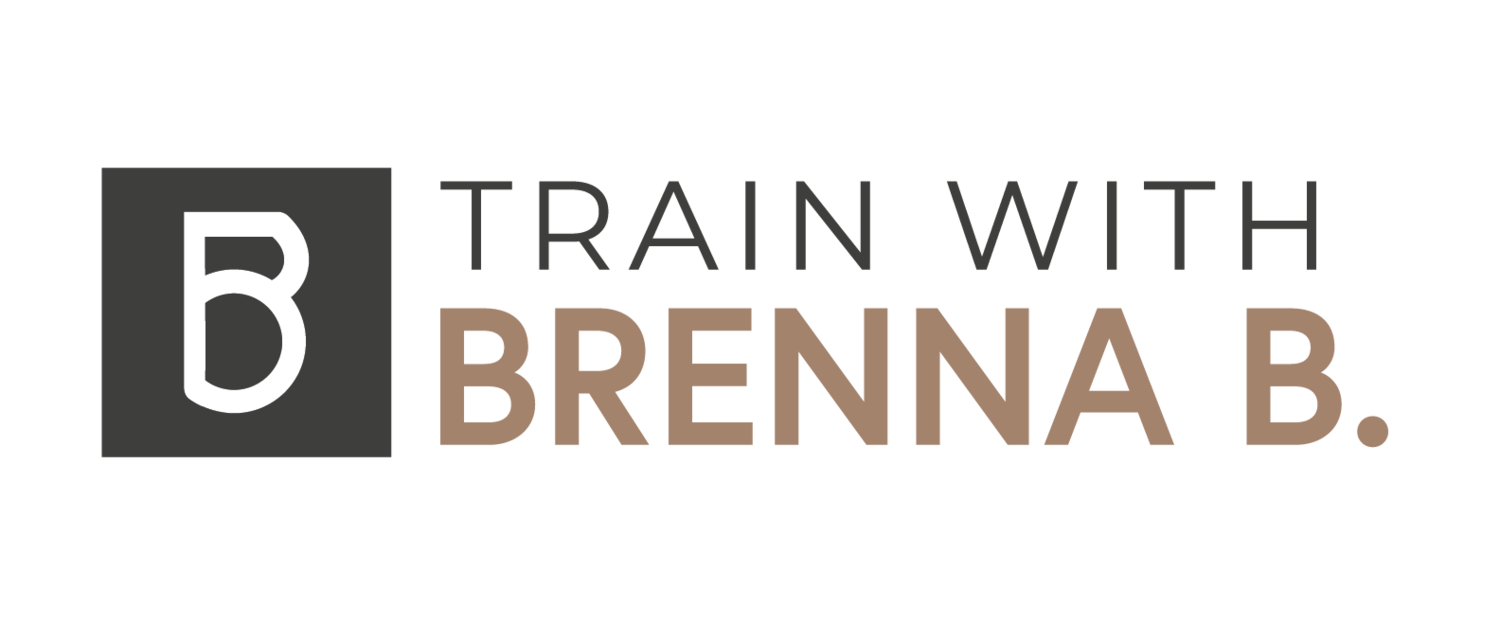How to Jump Rope: Tips and Techniques
Jump rope is a great form of cardio that can have numerous benefits. It’s takes up almost no space, is very light weight and is portable making it a perfect piece of equipment for your home gym or to take with you to a park or on a short run. In this post I am sharing common mistakes I see when people are jump roping. Check out a few of the jump rope technique tips below and see if they can help you become more efficient at jumping rope!
Common Jump Rope Mistakes: Jumping too high
Jumping too high is a common mistake I see especially in beginners learning to jump rope. This takes so much extra energy and causes a lot of unnecessary stress on your joints.
Incorrect form:
Jumping too high
Core not engaged
Poor posture: ribs are not stacked over pelvis
Hard Landings after jumping
Correct form:
Small light jumps
Core engaged
Tall posture: ribs are stacked over pelvis
Quick, short exhales on landing
Gaze is looking straight ahead
2. Common Jump Rope Mistakes: Arms Too Wide
Having your arms too wide makes for less efficient jump rope, typically results in poor posture, and places excess stress on the shoulders, neck, and back.
Incorrect form:
Arms too far apart
Tense through shoulders and neck
Core not engaged
Poor posture: ribs are not stacked over pelvis
Hard landings after jumping
Shallow breathing pattern (breathing into upper chest)
Correct form:
Elbows are at sides, small wrist movement for jump rope swing
Shoulders are relaxed
Small light jumps
Core engaged
Tall posture: ribs are stacked over pelvis
Quick, short exhales on landing
Gaze is looking straight ahead
3. Common Jump Rope Mistakes: Looking Down
Looking down is another common mistake that I see typically with those that are new to jump rope. This is usually a result of trying to anticipate or watch for the rope. However, this body position will result in changing the angle of the rope swing making it catch on your feet, a rounded spine and neck (poor posture), and will make arms/hands come out too far infant of my body.
Incorrect form:
Looking down at the ground/rope under your feet
Rounded spine (posterior pelvic tilt)
Poor posture: ribs are not stacked over pelvis
Hard landings after jumping
Hands position is too far in front of body
Correct form:
Gaze is looking straight ahead, slight chin tuck
Neutral spine (not overly arched or rounded)
Elbows are at sides, small wrist movement for jump rope swing
Shoulders are relaxed
Small light jumps
Core engaged
Tall posture: ribs are stacked over pelvis
Quick, short exhales on landing
4. Common Jump Rope Mistakes: Arching back/Looking Up
Overly arching your back (anterior pelvic tilt) and looking upwards is another common jump rope mistake. This body position does not allow for your core to be engaged, can place too much stress on your pelvic floor muscles, does not allow glutes to properly engage, and will result in a shallow breathing pattern.
Incorrect form:
Looking upwards
Arched back (anterior pelvic tilt)
Rib flare: poor posture, ribs are not stacked over pelvis
Poor glute engagement
Excess stress on pelvic floor muscles
Hand position is to wide
Shallow breathing pattern
Correct form:
Gaze is looking straight ahead, slight chin tuck
Neutral spine (not overly arched or rounded)
Elbows are at sides, small wrist movement for jump rope swing
Shoulders are relaxed
Small light jumps
Core engaged
Tall posture: ribs are stacked over pelvis
Quick, short exhales on landing
360 breathing patten: breathing into rib cage (front/side/back).
For your next jump rope workout I challenge you to film yourself jump roping and take note of any subtle or not so subtle changes you can make so that you can become more efficient at jump rope. Making these changes will not only result in jump rope efficiency but will also strengthen your cardiovascular system, core, upper body, and lower body allowing your to jump rope longer, faster, and maybe start to play with adding in some advanced jump rope tricks!
Just like refining your form, having the right apparel can make a difference in your performance. Elite Sports BJJ No-Gi Shorts and Rash Guards are designed with a unique blend of style and functionality—perfect for training anywhere, from the gym to the streets.
Disclaimer: This program is not intended to diagnose or treat any illness or injury. If you choose to try any of the exercises presented in this program you do so at your own risk. Please consult your physician before beginning any new exercise program. Not every exercise is safe for every person. Correct execution of all exercises is critical to prevent injury. Please consult your healthcare professional if you have questions about an exercise execution or if an exercise is right for you. You are responsible for yourself and will not hold Brenna Buscher or any guest presenter liable for any illness or injury.

